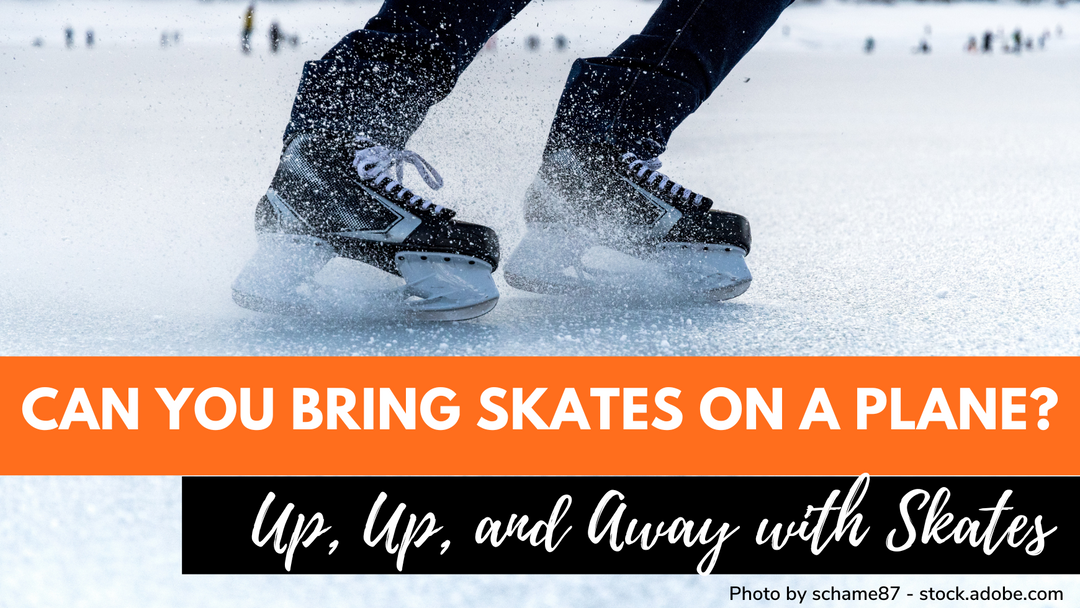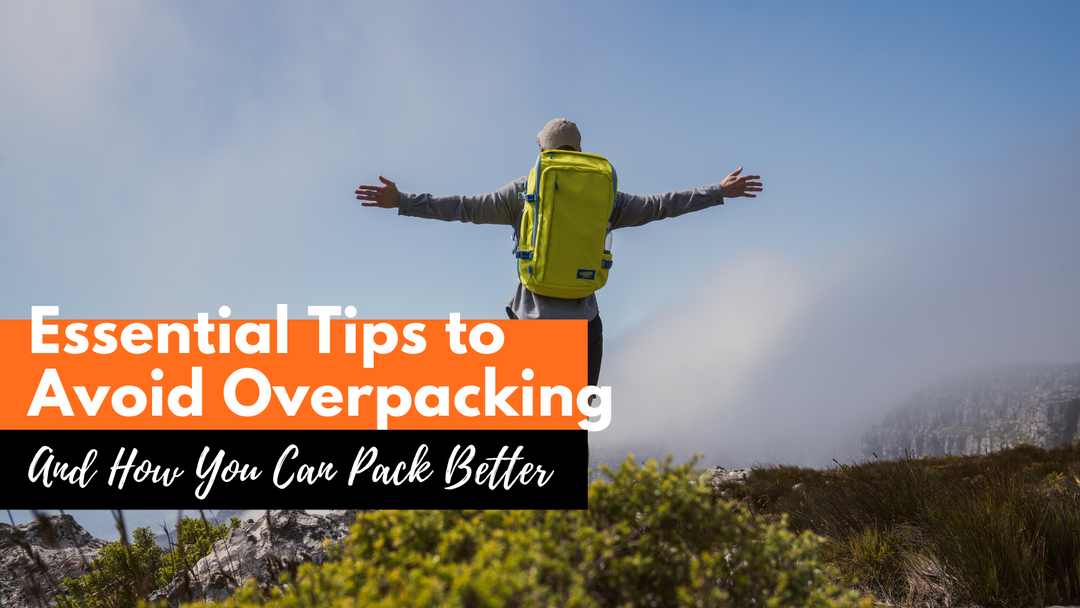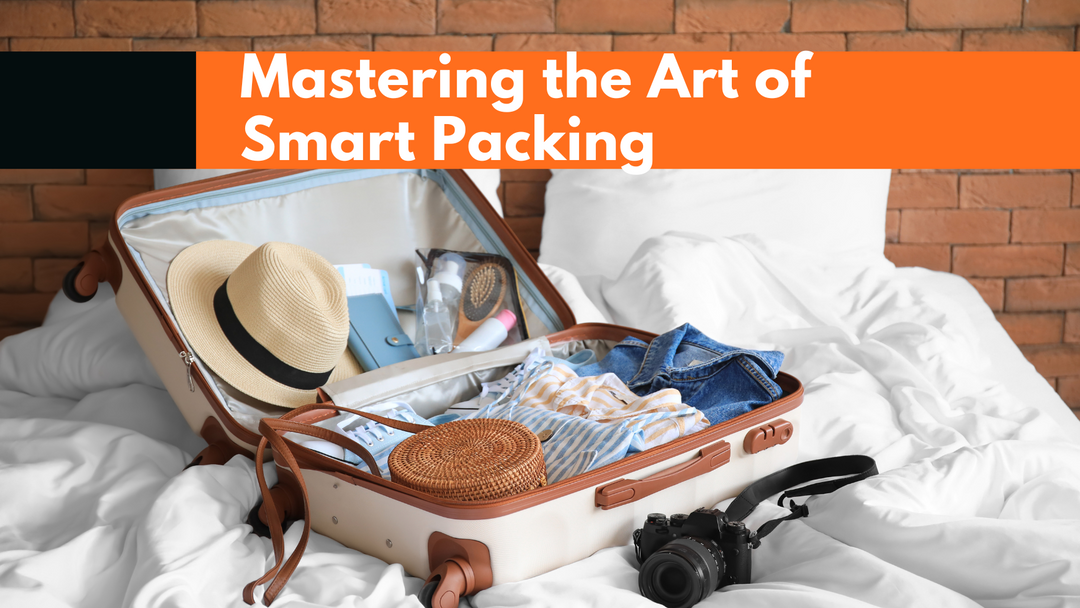CONTENTS
How Many Ounces of Liquid Can I Bring On A Plane? Liquid Rules Explained
Liquid rules on airplanes are extremely convoluted and it’s hard to know for sure what you can bring on board. This article will explain in detail how many ounces you can bring on-board?
The aviation industry is indubitably the largest and most vital form of transportation on Earth. The importance of the industry stems from its globalised nature, as it’s literally connecting people, countries, and continents. Its service has been playing a pivotal role in the rapid growth of your civilization.
Part of the reason why the aviation industry has been expanding so fast is the wanderlust of travelers. Many dream to see and capture the most amazing scenery around the world and perhaps air transportation is the shortest way to get there.
But nothing is perfect, and air travelling is far from it. It can be extra frustrating, in fact, to travel by air due to the convoluted regulations that must be followed. For instance, you can’t even bring your bottle of water on the plane.
Water isn’t the only thing that is heavily regulated. In reality, the rules for all sorts of liquid brought on the aircraft are strict, which confounds countless travellers. Some people may not even know the least of these rules.

This article will dive deep into the liquid rules, explaining what kind of liquids you can and can’t carry on the aircraft and why such rules are essential for the continuous operation of the industry.
Liquid Rules Explained
Liquid rules are issued by the Transport TSA and implemented at every airport. Whether you’re a frequent traveller or not, you must grasp the basic knowledge of the liquid rules.
When you go through security screening, if your liquid containers go over the limit, they will be thrown in the trash.
3-1-1 Rule
The 3-1-1 rule is a synopsis of a long-winded guide over on the TSA official website. At the heart of it, one passenger can bring one quart-sized bag of liquid carrier in their carry-on bag that doesn’t exceed 3.4 ounces or less per item.
What is a quart-sized bag?
So what if your bag is not technically quart-sized? The answer might just be a little bit tricky.
If you take a traditional flat Ziplock bag, then fill it with all kinds of toiletries, it will become very hard to determine the actual capacity that has been reached. Thankfully you don’t have to be on the nose, you just have to be in the ballpark.
Fortunately, if you’re ever unsure if your bag would be rejected, @AskTSA will be readily available on twitter to consult you ad hoc. You just need to tag them.
In fact, one of the most common answers you’ll get is, as long as the toiletry bag is the approximate dimensions of a quart-sized bag (6 x 9 in inch or 15 x 23 in centimetres), you’ll be good to go through the checkpoint.
Do keep in mind that you must remove all of the toiletry bags from your carry-on luggage and place it in a separate bin so they can go through screening and security.
What’s with the odd 3.4 quantity?
If you ever wonder why the number 3.4 is so out of place, 3.4 ounces is equivalent to the 100 millimetres, which brings it more in line with the rest of the world since the USA is pretty much the only country using the imperial system. That said, if you look at it from the metric system perspective, the rule becomes 1-1-1, i.e. one person can bring one quart-sized bag in which liquid carriers must be of maximum 100 millimetres. That’s easier to remember, isn’t it?
Exemptions from the 3-1-1 rule
Medications
Passengers are allowed to bring larger amounts of medically necessary liquids, gels, and aerosols, but they must first declare them at the checkpoint for inspection. Remember to declare associated accessories as well, such as your freezer packs, IV bags, pumps, or syringes.
Do note that your liquids and accessories are subjected to additional screening. If TSA officers can x-ray them, you may be asked to open your containers and discant the liquid onto a separate container for testing. If opening such containers is undesirable, do inform the TSA agents, in which case the containers must go through additional screening.
Infant and child nourishments
To ensure the safety of all passengers, but also the comfort of children and infants travelling on-board, exemptions to the 3-1-1 will be applied.
For the purpose of screening procedures, the TSA defines an infant as a child who has to be carried by an accompanying adult at all times; a toddler is a child who can walk on their own but needs assistance throughout the screening process. Modified screening procedure will be applied for children under the age of 12, while children aged 13 and over will undergo normal screening procedure.
Formula, breast milk and juice for infants or toddlers are permitted on board in reasonable quantities. You’d have to notify the TSA officers beforehand and remove them from your bags to be screened separately.
Why are the rules so strict?
An age-old question. While it’s understandable that the frustration of passengers when their mere bottle of water or toiletries bags gets rejected, the reasons behind these rules are well justified once you go to their roots.
Terrorism Close Calls, the 2018 Netflix show, unravelled some hidden reasons behind the call to almost banning all liquids on-board entirely. According to Steve Hersem, the former deputy director of the CIA’s Community Human Intelligence Division, this ban is a direct respond to two distinct terrorist plots.
How it all began
Such stringent regulations couldn’t have stemmed from a one-off separated event. It started all the way back in 1994.
"Al Qaeda had been fixated on targeting aviation as early as 1994 when Ramzi Yousef, the nephew of Khalid Sheikh Mohammed, the mastermind of the 9/11 attack, tested liquid explosives on an aircraft during the Bojinka Plot," Hersem said.
The Bojinka Plot, for those of you who don’t know, is a large-scale, three-phased terrorist attack aimed at 11 flights from Asia to USA by Ramzi Yousef, the nephew of Khalid Sheikh Mohammed, the culprit of the 9/11 attack. Although the scheme was foiled, it didn’t happen before mortal casualties occurred. On Philippine Airlines Flight 434, a bomb planted by Yourself went off, resulting in a fatality, 10 injuries, and a hole on the aircraft in the process. The incident was later admitted to only be a “test”.
The bone-chilling thing about this “test” was that it was just a “test”. What happened succeeding the event, was a decade of intelligence agencies keeping an eagle eye on terrorist groups, forestalling their nefarious ambition.
Eventually came the last straw that broke the camel’s back.
The last straw
“The banning of a certain quantity of liquids from airline flights in 2006 was the direct result of the intelligence uncovered during Operation Overt,” said Harsem. Operation Overt is a term used to refer to an operation to thwart a terrorist plot of a British citizen who was known to be closely affiliated with radical Islamists and terrorists. During the operation, the investigators witnessed the citizen drilling a tiny hole in a bottle, through which they trickled in explosive liquid. The hole was noted to be nigh undetectable, which meant that, had the bottle passed through security (and it likely could have), it could have resulted in a massive accident, acting as the first shot to a series of attack on seven planes departing from London to North America.
Thankfully, nothing happened. But that was more than enough for the TSA to impose strict rules upon liquid and the amount permitted on-board, hence the rules we have today.
The rules won’t let up anytime soon, and probably never would, but it is absolutely indispensable for the passenger’s safety. As Hersem remarked "As long as there [are] ideologically driven terrorists who are interested in targeting civilian aviation, these types of bans have to be in place and are beneficial in the aggregate."
FAQs
How much total liquid can I bring on-board?
There are 32 ounces in a quart, but there’s no chance you can make the most of the capacity. Do keep in mind that, besides the 1 quart-sized bag rule, you must also comply with the 100 millimetres rule.
In the best-case scenario, you may fit up to 10 small containers in the bag (and that’s a stretch), in which case you’re looking at a total of roughly 20-25 ounces of liquid.
If you’re travelling on a short trip, that’s decently a lot, at least for skin care liquid and whatnot. For example, 50ml of face moisturiser lasts for 4 months.
How can a mere 3.4 ounces of liquid be enough?
As explained above, the strict rule is for the safety of passengers, albeit a bit of comfort must be sacrificed in the process. In this case, it’s hydration.
Actually, there's an anecdotal remedy to this. Seasoned travellers have passed on a trick where you bring an empty bottle in your personal bag. Once you go past security, you can fill that bottle in any fountain in the waiting lounge, effectively remaining hydrated as you need.
Wait, isn't peanut butter food?
No, it isn’t considered to be food. It’s considered to be liquid. If you can pump, smear, spill, spread, spray, or squeeze it, then yes it’s a liquid. Some of the items below are usually mistaken:
- Applesauce;
- Hair mousse;
- Liquid Eyeliner;
- Lush face mask;
- Mascara;
- Peanut butter;
- Toothpaste.
What is banned entirely?
These liquids are ban under all circumstances:
- Aerosols that are not toiletries;
- Alcoholic Beverages over 70% ABV;
- Bleach;
- Fertilizer;
- Insecticide;
- Most flammable liquids;
- Most toxic liquid.
Khoa Pham






















Leave a comment